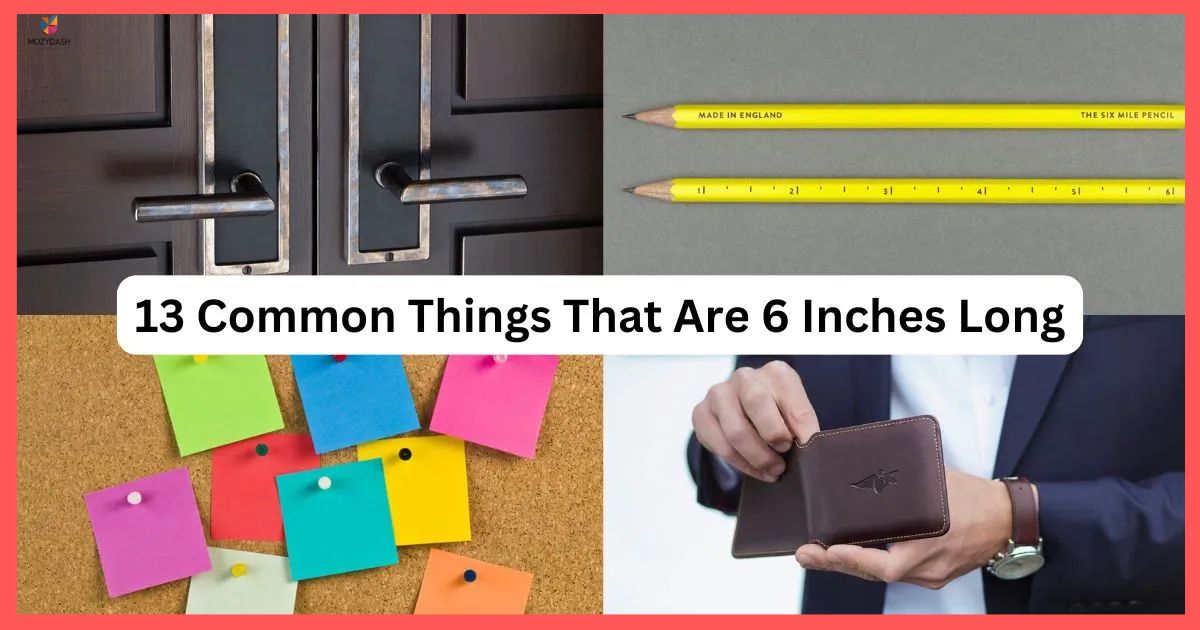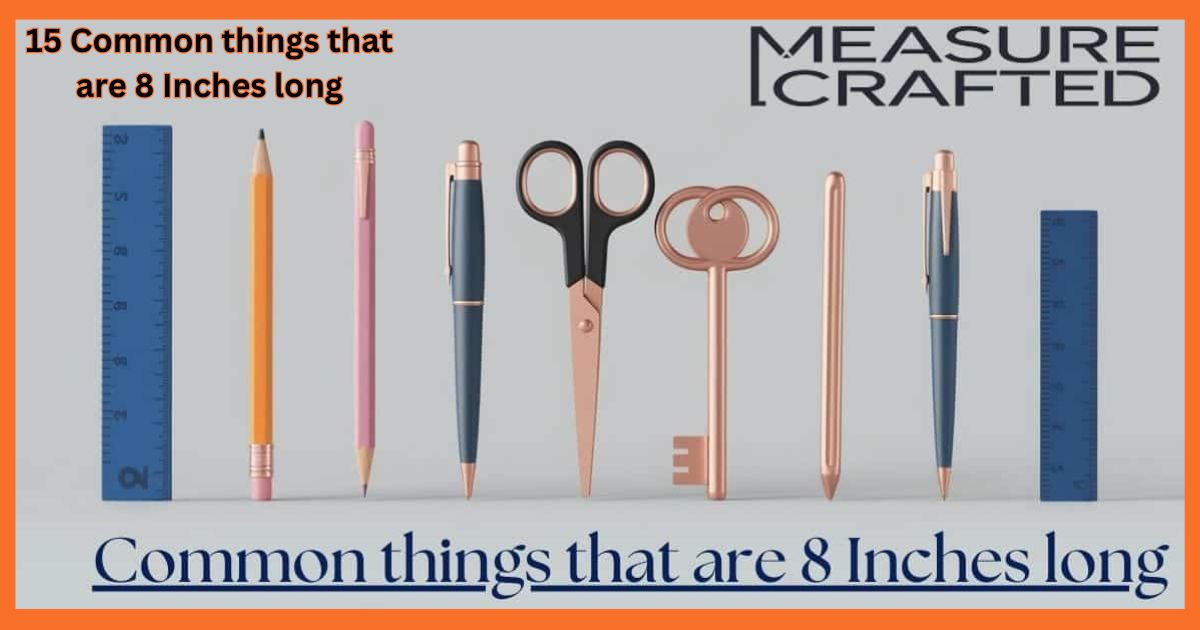Have you ever tried to picture just how long 6 inches really is? It’s a measurement that frequently comes up in everyday life, but it’s often difficult to visualize. Understanding the practical uses of this length can make tasks like shopping, DIY projects, or even navigating your home a lot easier.
Interestingly, 6 inches is a versatile size in both the physical and conceptual worlds, from office supplies to kitchen tools to tech gadgets. So let’s dive into some common objects that measure exactly 6 inches, why this length matters, and how it shows up more often in daily life than we might think. How Long Is 6 Inches?
How Long Is 6 Inches?
Six inches is equal to half a foot. It’s roughly the size of a standard dollar bill, which measures about 6.14 inches in length. For better perspective, it’s a little shorter than a standard smartphone (around 6.1 inches for many models).
This length also compares favorably to several common objects that fit easily into the palm of your hand or the pocket of your jeans. Understanding the significance of 6 inches in everyday measurements is practical, particularly when you need to estimate or compare the size of an object in real life. Whether you’re measuring out ingredients, selecting a piece of furniture, or checking the size of a tool, knowing how 6 inches measures up can help.
1. A Standard Pencil

A pencil is an everyday item that many of us use regularly, whether for schoolwork, note-taking, or drawing. A typical pencil, especially when sharpened, is about 6 inches long. Why It Matters: The length of a pencil makes it a practical tool for writing and drawing, fitting comfortably in the hand.
As one of the most common office and school supplies, it’s easy to see why understanding its length can be helpful. A 6-inch pencil is ideal for precision, offering just the right amount of writing surface before the lead needs to be sharpened again.
Fun Fact: The longest pencil ever made measured 76 feet long and was created for the 100th anniversary of the first mechanical pencil. While that’s impressive, it’s safe to say that the 6-inch version is much more practical for everyday use!
Read This blog: https://mozydash.com/5-inches/
2. A Smartphone Screen

Many modern smartphones feature screens that hover right around the 6-inch mark. With manufacturers like Apple, Samsung, and Google making phones with screens that vary between 5.8 to 6.5 inches, a typical 6-inch display offers a good balance of screen real estate without being too bulky.
Why It Matters: A 6-inch phone is an ideal size for portability while still offering a decent screen for watching videos, browsing, and multitasking. It fits easily in most pockets and is light enough to carry around all day.
Understanding this size can help when shopping for accessories like phone cases or deciding what size of phone feels best in the hand. Interesting Fact: In 2007, the original iPhone had a screen size of just 3.5 inches! Today, 6-inch smartphones are considered a sweet spot between usability and portability.
3. A Slice of Bread

Many store-bought loaves of bread have slices that are approximately 6 inches long. The size can vary slightly depending on the bread type and brand, but a typical sandwich bread slice falls right around this length.
Why It Matters: Knowing that a slice of bread measures 6 inches can help you prepare more precise portions when making sandwiches or estimating serving sizes. It’s also great for measuring things like condiments or toppings to fit just right.
Fun Fact: The first commercial bread-slicing machine was invented in 1928 by Otto Rohwedder. His creation revolutionized the bread industry by ensuring each slice was evenly cut and consistently sized.
4. A Ruler
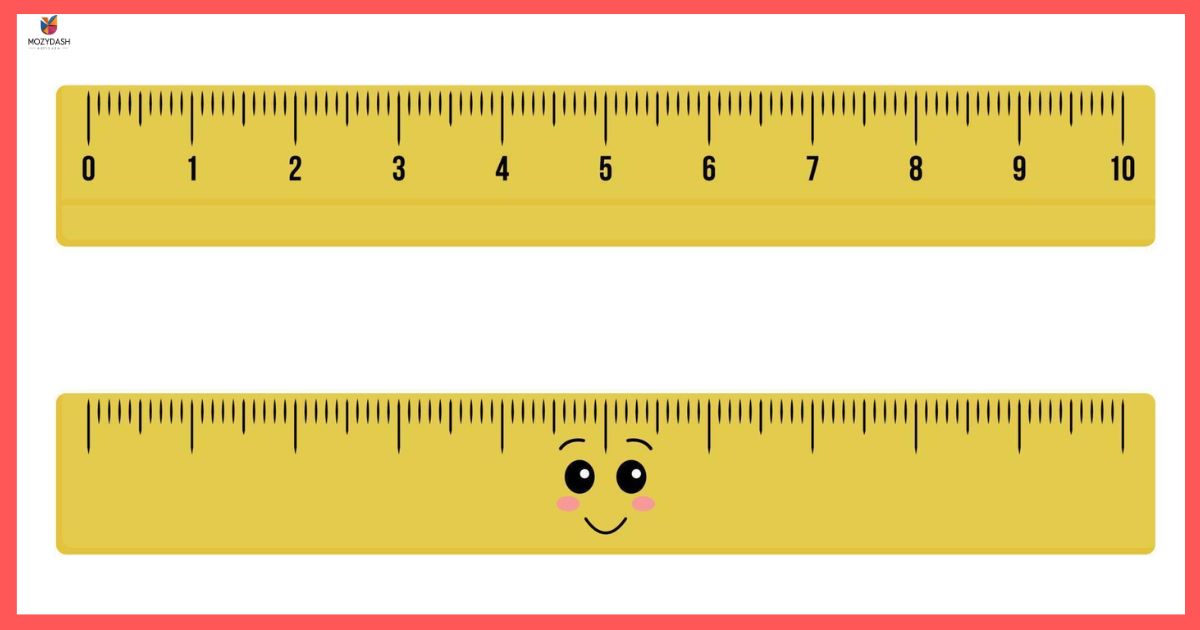
Rulers themselves are often used to measure things, but many small rulers or measuring tapes offer 6-inch markings. These compact rulers are often included in office supply kits, drawing sets, and even some school pencil cases.
Why It Matters: A 6-inch ruler is incredibly useful when you need to make small measurements but don’t want the bulk of a full 12-inch ruler. It’s ideal for quick measurements of paper, small objects, or anything that requires precision in tight spaces.
It’s also perfect for kids learning to measure! Fun Fact: Did you know the world’s longest ruler, used by professional surveyors, measures up to 66 feet? Talk about a big difference from a 6-inch ruler!
5. A Dollar Bill
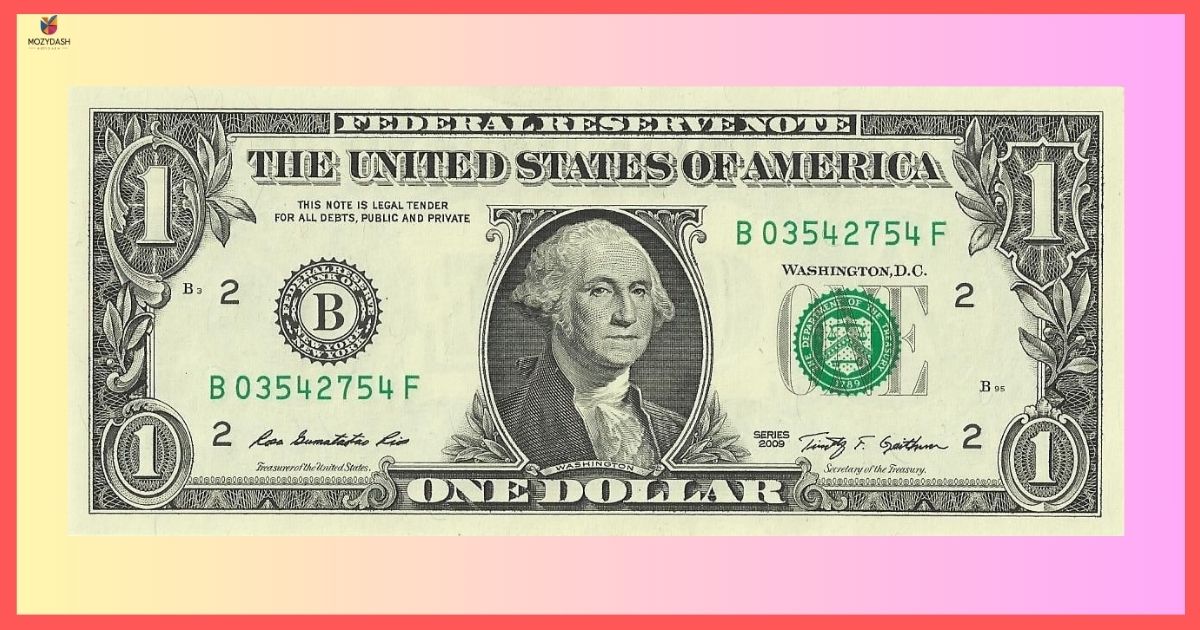
A standard U.S. dollar bill measures 6.14 inches long, making it one of the most universally recognized objects that represents 6 inches. Why It Matters: Dollar bills are crucial to daily life in terms of transactions, so understanding their size helps in estimating the length of various objects.
Additionally, since paper bills are so common, they serve as a perfect reference point when you need to compare lengths on the fly. Interesting Fact: While the exact dimensions of currency bills have changed over time, the U.S. dollar bill has kept its iconic size since 1929, despite technological advances in printing.
Read this blog: https://mozydash.com/3-feet/
6. A Compact Flash Drive
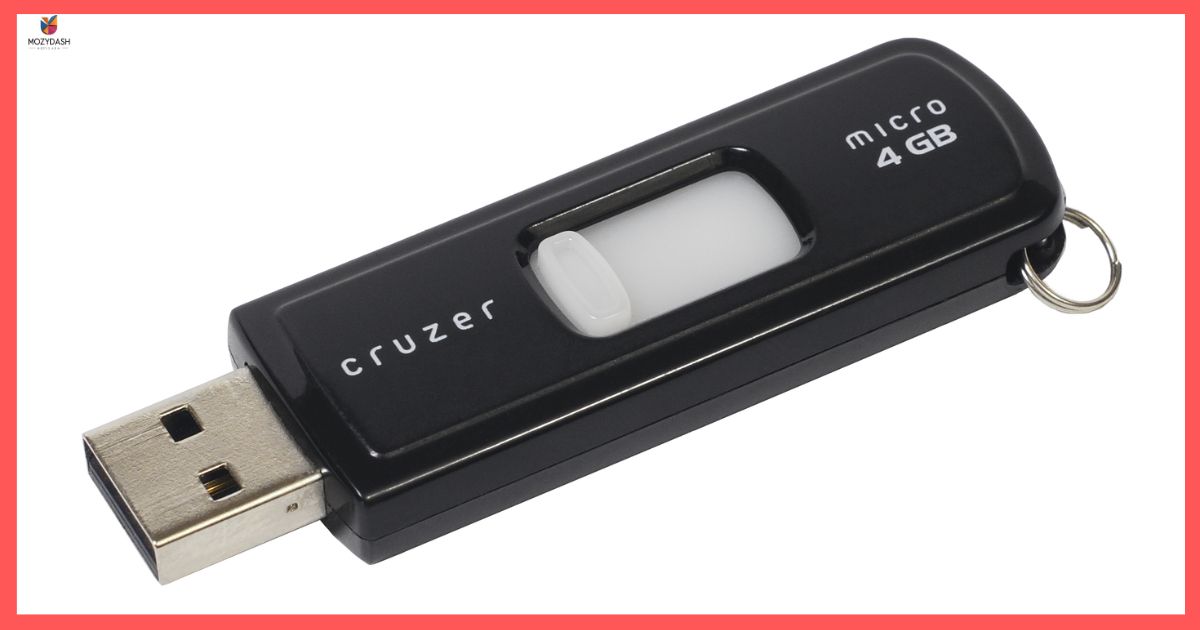
Flash drives, the small devices used for storing digital files, typically measure around 6 inches in length (or slightly shorter), especially when considering models with protective caps.
Why It Matters: Flash drives are indispensable for transferring files, and understanding their size helps when choosing storage solutions for things like presentations, photos, and documents.
The 6-inch length allows for easy portability and storage in your pocket, bag, or desk drawer. Fun Fact: The first flash drive, invented in 1998 by IBM, had just 8 MB of storage. Today’s flash drives can hold up to 1 terabyte, equivalent to over a million times the capacity of the first version!
7. A Standard Cooking Spoon

A typical cooking spoon, such as those used for stirring soups or sauces, often has a handle that measures about 6 inches in length. While some spoons have longer handles, the 6-inch variety is ideal for close cooking tasks, such as stirring on a stovetop.
Why It Matters: Understanding the size of kitchen utensils is essential for organizing your kitchen and knowing which tools are best suited for specific tasks. A 6-inch spoon handle offers a good balance of reach while keeping the spoon comfortable to hold for most people.
Interesting Fact: The spoon dates back to at least 1000 BCE in ancient Egypt, where they were made from wood, ivory, and flint. They’ve certainly come a long way from their humble beginnings!
8. A Standard Compact Disc (CD)

A standard CD, used for music, data, or software storage, has a diameter of about 4.7 inches, but when considering the total space a CD takes up in a case, it typically measures a little over 6 inches when laid flat in its protective packaging.
Why It Matters: Although the use of CDs has decreased with the rise of digital streaming, they remain an iconic piece of tech history. Understanding the size of a CD is useful for those still with physical media collections, or for when you’re organizing or storing physical items.
Fun Fact: The CD was invented in the late 1970s by Philips and Sony, and it became the primary medium for digital audio for over two decades, with over 200 billion CDs sold globally by the mid-2000s.
9. A Coffee Cup Handle
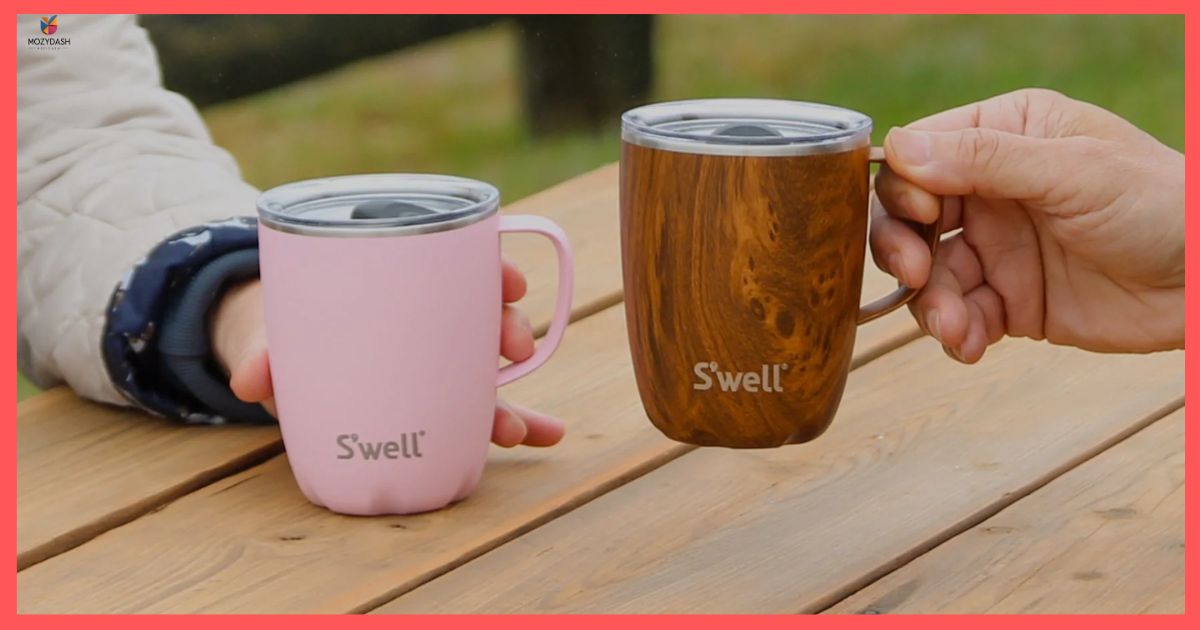
The handle of a standard coffee cup or mug, particularly one with a traditional cylindrical shape, is generally about 6 inches in circumference. While the exact size can vary based on the style of the cup, this measurement is a typical standard for many everyday mugs.
Why It Matters: Understanding the size of a coffee cup handle is practical when choosing a mug that fits comfortably in your hand. A handle around 6 inches in circumference ensures you have enough space to grip it easily, especially for those who prefer larger cups or need a sturdy handle for better control.
Fun Fact: The largest coffee mug ever created was made in Japan in 2006 and could hold over 2,000 gallons of coffee. That’s definitely a lot more than a typical 6-inch handle can handle!
10. A Common Kitchen Knife Blade

Many kitchen knives, especially those designed for general use like a utility knife, have blades that measure approximately 6 inches in length. These knives are ideal for tasks like slicing fruits, vegetables, and small proteins.
Why It Matters: A 6-inch knife strikes a balance between maneuverability and cutting efficiency. It’s long enough for chopping but short enough to offer control for precise cuts.
For those who don’t need a chef’s knife with a long 8-inch blade, the 6-inch version provides a more compact option for everyday kitchen tasks. Fun Fact: The shortest professional kitchen knife is known as a paring knife, with a blade length of around 3 to 4 inches. Interestingly, some chefs prefer the 6-inch utility knife because it offers the versatility of both a paring and a chef’s knife.
11. A Compact Pair of Scissors
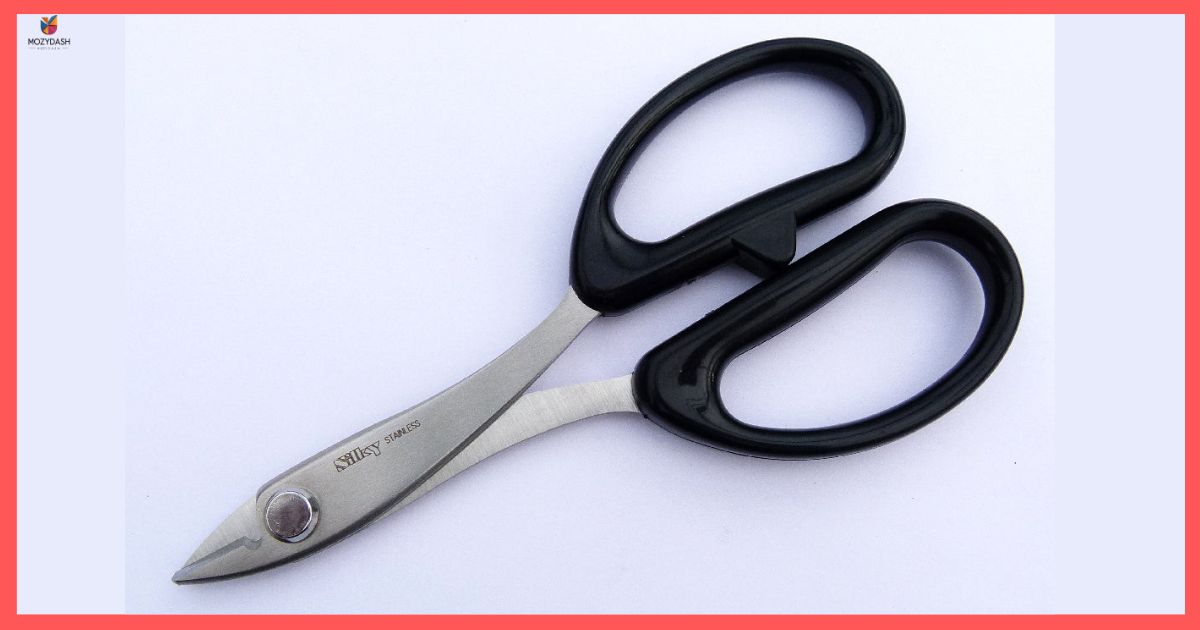
Many small or children’s scissors feature blades that measure around 6 inches in length. These scissors are ideal for light crafting, paper cutting, or even office work.
Why It Matters: A 6-inch pair of scissors is compact enough for precision work but still sharp and sturdy enough for cutting through a variety of materials. This size also makes them portable and easy to store in drawers or desk organizers.
Fun Fact: The earliest known pair of scissors dates back to around 1500 BC in Egypt. These early scissors were made from a single piece of metal, which acted as both the handle and the blades, and the design has evolved substantially since.
12. A Standard Key
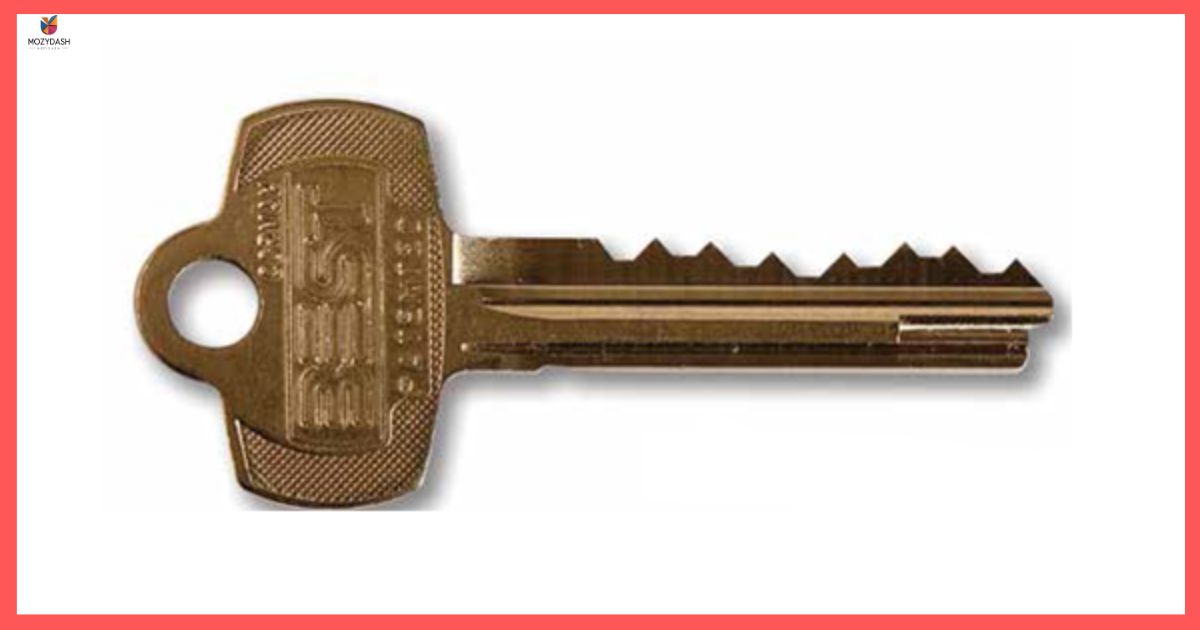
The typical size of most door or car keys measures approximately 6 inches in length. While the shape and design of the key can vary, the physical length usually falls in this range for ease of use and convenience.
Why It Matters: Knowing the size of a standard key is useful when determining how much space you’ll need to store them on keychains, or when selecting key rings that can hold multiple keys. Additionally, the 6-inch length allows for a comfortable grip when turning in locks.
Fun Fact: The largest key in the world, which weighs around 50 pounds and is 20 feet tall, was made in 2005 in Italy as a tribute to the key to the city of L’Aquila. While it’s an extreme version, it’s a fun example of how keys have varied sizes over history.
13. A Standard Wallet

A typical leather wallet or cardholder, when fully closed, often measures close to 6 inches in width. This size is perfect for fitting into back pockets or small bags, while still being spacious enough to hold several cards, cash, and coins.
Why It Matters: A 6-inch wallet is a convenient size for everyday carry. It strikes the right balance between portability and functionality, allowing users to carry their essentials without being too bulky. Whether you’re looking for a sleek, minimalist wallet or a more traditional one, this size remains the standard.
Fun Fact: The longest wallet in the world, which was made in the Netherlands in 2011, measured over 800 feet in length and was made to promote the brand. Clearly, some wallets have quite a bit more room than the typical 6-inch one!
Real-World Applications & Practical Measurement Tips
Now that we’ve explored some common objects that measure around 6 inches, you might be wondering how to visualize this length in real life or measure it without a ruler. Here are a few practical tips to help:
- Use your hand: Many people find it helpful to use their hand as a reference. For example, a typical adult hand spans about 7 to 8 inches from the tip of the thumb to the pinky. A 6-inch object will be just slightly shorter than this span.
- Estimate with paper or credit cards: A standard credit card or ID card is about 3.37 inches long. By stacking two cards end-to-end, you get a very close approximation of 6 inches.
- Using everyday items: Common items like a business card (around 3.5 inches long) or even a remote control (about 6 to 7 inches) can serve as a reference for this measurement.
Conclusion
As we’ve seen, the 6-inch measurement plays an essential role in daily life. From tools to tech to snacks, this modest length is used for a variety of objects and functions. Understanding the size and significance of 6 inches can help you make better choices when measuring, purchasing, or estimating items in your home, office, or workplace.
So, next time you’re shopping for that perfect phone case or measuring out ingredients for a recipe, take a moment to think about how 6 inches fits into your life. You might be surprised at how often you encounter this seemingly simple measurement!
Challenge: Look around your home—how many 6-inch objects can you find? You might be surprised by the abundance of items that fit the bill!
| things that are 6 inches | ||
| how long is 6 inches | ||
| things how big is 6 inches | ||
| how big is 6 inches | ||
| 6 inch objects |

Rober max seo expert

